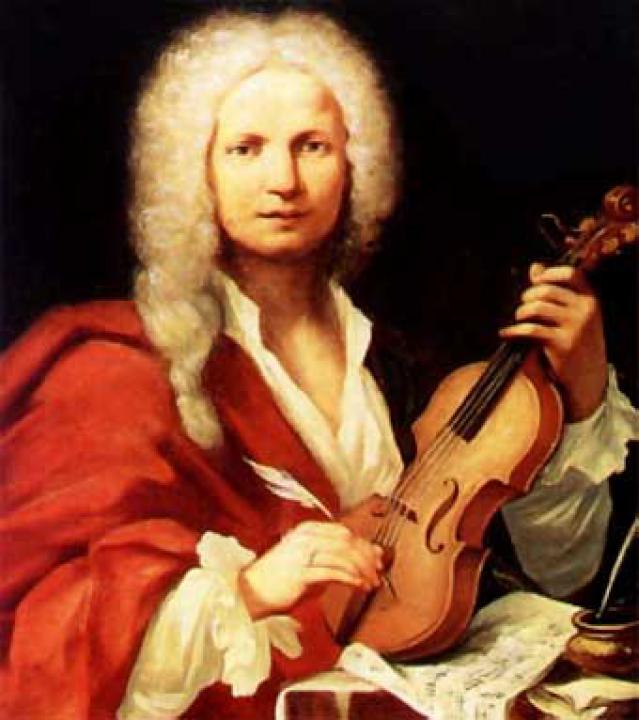Stamp: Haydn monogram (Hungary 1959)
Haydn monogram (Hungary 1959)
20 September (Hungary ) within release Haydn and Schiller goes into circulation Stamp Haydn monogram face value 3 Hungarian forint
| Stamp Haydn monogram in catalogues | |
|---|---|
| Michel: | Mi: HU 1624 |
| Philatelia Hungarica Catalog: | PHu: HU 1688a |
Stamp is square format.
Also in the issue Haydn and Schiller:
- Stamp - Eszterházy Palace, Fertőd face value 60;
- Stamp - Friedrich von Schiller face value 1;
- Stamp - Haydn monogram face value 3;
- Stamp - Joseph Haydn face value 1;
- Stamp - Joseph Haydn's monogram face value 40;
- Stamp - Pegasus rearing from flames face value 60;
- Stamp - Schiller monogram face value 3;
- Stamp - Schiller's monogram face value 40;
- Stamp - Eszterházy Palace, Fertőd face value 60;
- Stamp - Eszterházy Palace, Fertőd face value 60;
- Stamp - Friedrich von Schiller face value 1;
- Stamp - Joseph Haydn face value 1;
- Stamp - Joseph Haydn's monogram face value 40;
- Stamp - Pegasus rearing from flames face value 60;
- Stamp - Pegasus rearing from flames face value 60;
- Stamp - Schiller's monogram face value 40;
Stamp Haydn monogram it reflects the thematic directions:
In legal discourse, an author is the creator of an original work, whether that work is in written, graphic, or recorded medium. The creation of such a work is an act of authorship. Thus, a sculptor, painter, or composer, is an author of their respective sculptures, paintings, or compositions, even though in common parlance, an author is often thought of as the writer of a book, article, play, or other written work.In the case of a work for hire, the employer or commissioning party is considered the author of the work, even if they did not write or otherwise create the work, but merely instructed another individual to do so.
A composer is a person who writes music. The term is especially used to indicate composers of Western classical music, or those who are composers by occupation. Many composers are, or were, also skilled performers of music.
Famous People refers to the fame and public attention accorded by the mass media to individuals or groups or, occasionally, animals, but is usually applied to the persons or groups of people (celebrity couples, families, etc.) themselves who receive such a status of fame and attention. Celebrity status is often associated with wealth (commonly referred to as fame and fortune), while fame often provides opportunities to make money.
Music is an art form and cultural activity whose medium is sound organized in time. The common elements of music are pitch (which governs melody and harmony), rhythm (and its associated concepts tempo, meter, and articulation), dynamics (loudness and softness), and the sonic qualities of timbre and texture (which are sometimes termed the "color" of a musical sound). Different styles or types of music may emphasize, de-emphasize or omit some of these elements. Music is performed with a vast range of instruments and vocal techniques ranging from singing to rapping; there are solely instrumental pieces, solely vocal pieces (such as songs without instrumental accompaniment) and pieces that combine singing and instruments. The word derives from Greek μουσική (mousike; "art of the Muses"). In its most general form, the activities describing music as an art form or cultural activity include the creation of works of music (songs, tunes, symphonies, and so on), the criticism of music, the study of the history of music, and the aesthetic examination of music. Ancient Greek and Indian philosophers defined music as tones ordered horizontally as melodies and vertically as harmonies. Common sayings such as "the harmony of the spheres" and "it is music to my ears" point to the notion that music is often ordered and pleasant to listen to.
A playwright or dramatist is a person who writes plays, which are a form of drama that primarily consists of dialogue between characters and is intended for theatrical performance rather than just reading. Ben Jonson coined the term "playwright" and is the first person in English literature to refer to playwrights as separate from poets.



